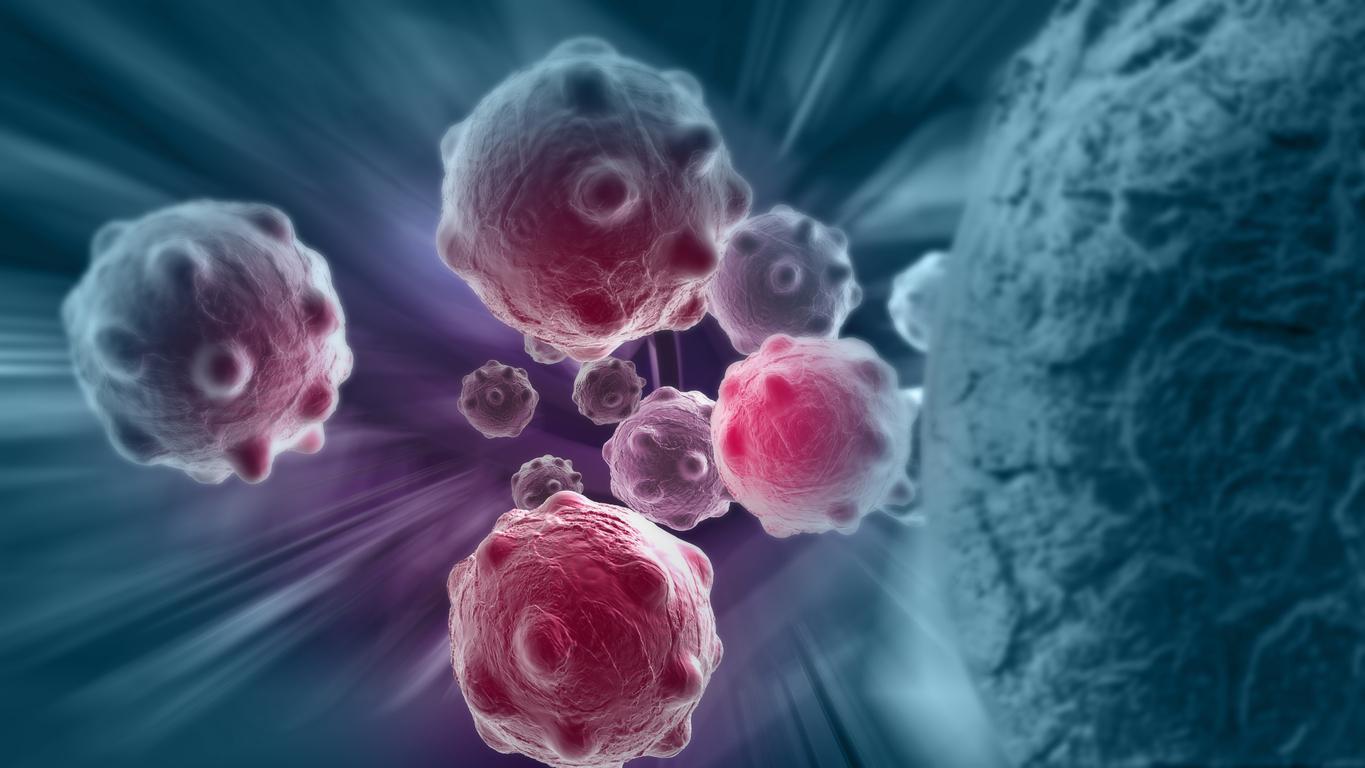
Increasingly larger parts of the Netherlands are covered by fiberglass. KPN and Ziggo are expanding their own networks and there are also local initiatives. But internet is still offered via telephone line or television cable. Is fiberglass really better?
Fiber optic, cable and copper are different techniques with a set of advantages and disadvantages. Cable and copper were not originally intended for an internet signal, and are encountering more limitations.
Internet by phone
Copper – or DSL – is a technique for sending an Internet signal over the telephone line. This no longer happens via a dial-up connection, so you can just call and use the internet at the same time. KPN manages the copper network in the Netherlands, but is obliged to share it with other providers. Vodafone/Ziggo is not participating.
Telephone lines unfortunately suffer from a lot of noise, and that gets worse the further away you are from a neighborhood cabinet. Because of that noise, the concrete internet speed is often low, lower than what is advertised. Especially in rural areas and on business parks. DSL has become faster thanks to upgrades to ADSL, but the maximum over copper is still 400 Mbit/s. The copper pipes could be further developed, but there are many snags. It seems that KPN prefers to invest in fiber optics.
Internet via television cable
Cable Internet uses the television connection. The coaxial cable suffers less from noise than copper, and the speeds often match what the provider promises. The distance between your house and the neighborhood cupboard is irrelevant. However, the cable is made to transmit, not receive. That is why uploading (ie back on the internet) is less fast than downloading (getting files off the internet).
Vodafone/Ziggo is as good as a monopolist with regard to cable internet. Other companies are not allowed to use it. So if you want cable internet, you have to rely on Vodafone/Ziggo, and the prices are relatively high due to the lack of competition. This situation will soon come to an end, because the Netherlands Authority for Consumers & Markets has determined that other companies must be admitted. That will happen sometime in 2020.
Cable is not yet in its final phase of life. Vodafone/Ziggo has started offering the so-called gigabit internet (1000 Mbit/s). New techniques are being worked on to increase the speed tenfold. That is why Vodafone/Ziggo is busy reducing the number of analogue channels, so that there is more capacity.
Internet via fiberglass
Copper is made for telephones, coaxial cable for television… and fiber optics are made especially for the internet. It is the most efficient way to send an internet signal. It works with light signals, not electrical, so there is no signal loss and it can very quickly bridge miles.
The equipment on both sides of the fiber optic cable determines the speed. And it is getting better and better, there currently seems to be no end to how fast the internet can be via fiber optic. Upload and download speeds are the same.
It would therefore be ideal if the whole of the Netherlands was connected, but that will take a while. Breaking open streets to lay the cables takes time and money. KPN and Ziggo already use fiber for their network, and then only for the last piece of telephone or television cable. This is mainly to save costs. Despite this, KPN will continue to expand its fiber optic network.
Do I have to change?
That, of course, is the key question. Not necessarily. If the internet meets your requirements, you can safely stick with a provider with telephone or television cable. But in the future, fiber will probably be much further ahead of the rest in terms of speed, so eventually everyone will probably switch.
Source: Tros Radar

















